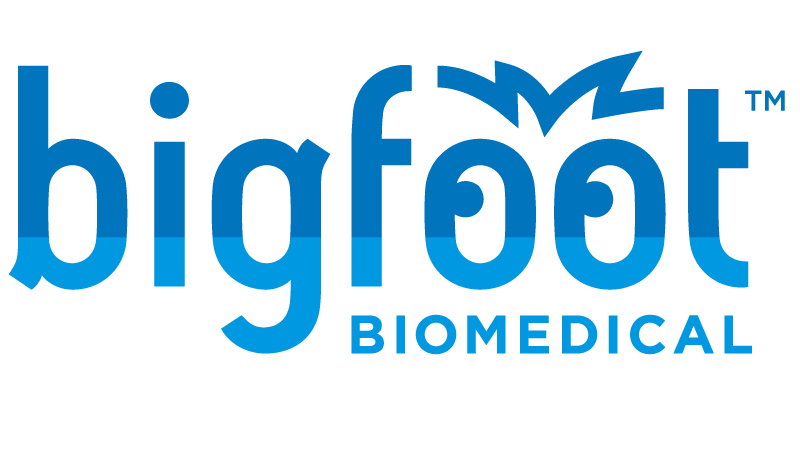Bigfoot has really been on the move these last couple of months! May and June were exciting for our team, with several diabetes-specific conferences presenting an opportunity to learn about the latest research in diabetes care. Having attended the Advanced Technologies & Treatments for Diabetes (ATTD), American Association of Clinical Endocrinology (AACE) Annual Meeting, the American Diabetes Association (ADA) 82nd Scientific Sessions and the Endocrine Society (ENDO) Annual Conference, I had the opportunity to connect with and learn from endocrinologists and diabetes educators from across the world. At Bigfoot, we believe in the power of understanding key insights – so I assigned myself the task of identifying common themes from my experience at these conferences. I’m eager to share a summary of topics that just might spark some discussion in your conversations about diabetes care.
Faster advancements are important
There have been important advancements in diabetes technology over the past 30 years, but there is still room for improvement. The Diabetes Technologies 2022 session at AACE walked through a timeline of diabetes technology development, and it's more apparent now than ever that people with diabetes are anxiously awaiting better solutions to help them manage their diabetes. The diabetes community is full of brilliant and innovative people, people who have taken control of their own tech when marketed products aren’t meeting their needs. Many companies are stepping up to prioritize this area, and this is one of the main reasons I joined the Bigfoot team. I get to help drive meaningful change for people with type 1 and type 2 on multiple daily injections (MDI).
Communication is key
As therapies change, and innovation advances, what stays the same is the foundational importance of patient-centered care and communication. Providers should continue to have open dialogue with their patients along with ongoing meetings on progress to support glycemic control. It’s important to remember that no two patients are exactly alike, and variations are extremely common among this community. This ongoing collaboration gives a better understanding of patient needs to providers. After prescribing initial dosing, therapy settings almost always require adjustments based on the patient's response. That’s why discussions between patients and their health care professionals (HCPs) and teams are so important. The more open communication there is, the more likely the therapy is to be followed, yield better health results, and build more trust between both parties. I think this message translates across the board to companies supporting insulin therapies as well. Every patient is unique and different treatments are better suited for different patients. It’s crucial to Bigfoot’s mission that we listen to patient and provider feedback about our technologies to ensure we meet a wide range of needs for people with insulin-requiring diabetes.
Patient education needs to be a priority
A presentation I attended at AACE highlighted the barriers patients with diabetes face—one that stuck with me was lack of patient education. This problem isn’t specific to the diabetes space, it’s evident across various disease states. If people with diabetes do not understand the disease, the effects it has on their body, and the treatments that are available, they may not be able to manage their health effectively. It serves as a nice reminder that diabetes treatment providers must take time to educate their patients to reduce these barriers, and the more companies can fill the gap, the better we can support people with diabetes.
Missed insulin dosing is common
The ADA presentation1, which included reviewing barriers to optimal diabetes control, discussed the impact on missed and mistimed insulin doses2
● 10-59% of type 1 patients report missing at least 1 bolus per week.
● 10-30% of type 1 patients report missing at least 1 basal dose per month.
● 1-30% of type 2 patients report missing at least 1 basal dose per month.
Based on these statistics, it’s evident patients need a system to help remember to take their insulin and systems to share CGM data with physicians so they can be informed when following-up with their patients. Real data that guides adjusting insulin doses and providing verbal reminders are both avenues that can help set patients up for success in managing glycemic control. The use of advanced technologies holds the potential to be an effective way to help remind people to take their medicine. Most importantly, these technologies can help impact health, as missed and mistimed doses have shown to impact A1C, ‘calculations showed that forgetting 2 meal-related injections per week would lead to an increase in A1C of at least 0.3-0.4% points, and similarly forgotten long acting missed doses to an increase of 0.2-0.3% points3.
Conferences serve as an opportunity to learn about various diabetes topics, and it’s been a pleasure to attend ATTD, AACE, ADA, and ENDO to learn from some of the greatest thought leaders in our space. I know our team will take the lessons learned and key takeaways from these conferences and use them to better support our mission of freeing people with insulin-requiring diabetes to live the lives they choose.
1. ADA 2022 Presentation: 3-CT-SY-15 Connected-Insulin Pen Systems Provide Critical Data to Guide Effective Insulin Therapy- Clinical Trial and Real-World Evidence, in Type 1 and Type 2 Diabetes, Dr. Viral Shah.
2. Susan Robinson, Rachel S. Newson, Birong Liao, Tessa Kennedy-Martin, and Tadej Battelino.Diabetes Technology & Therapeutics.Dec 2021.844-856.http://doi.org/10.1089/dia.2021.0164
3. Randlov, Jette & Poulsen, Jens. (2008). How Much Do Forgotten Insulin Injections Matter to Hemoglobin A1c in People with Diabetes? A Simulation Study. Journal of diabetes science and technology. 2. 229-35. 10.1177/193229680800200209.


